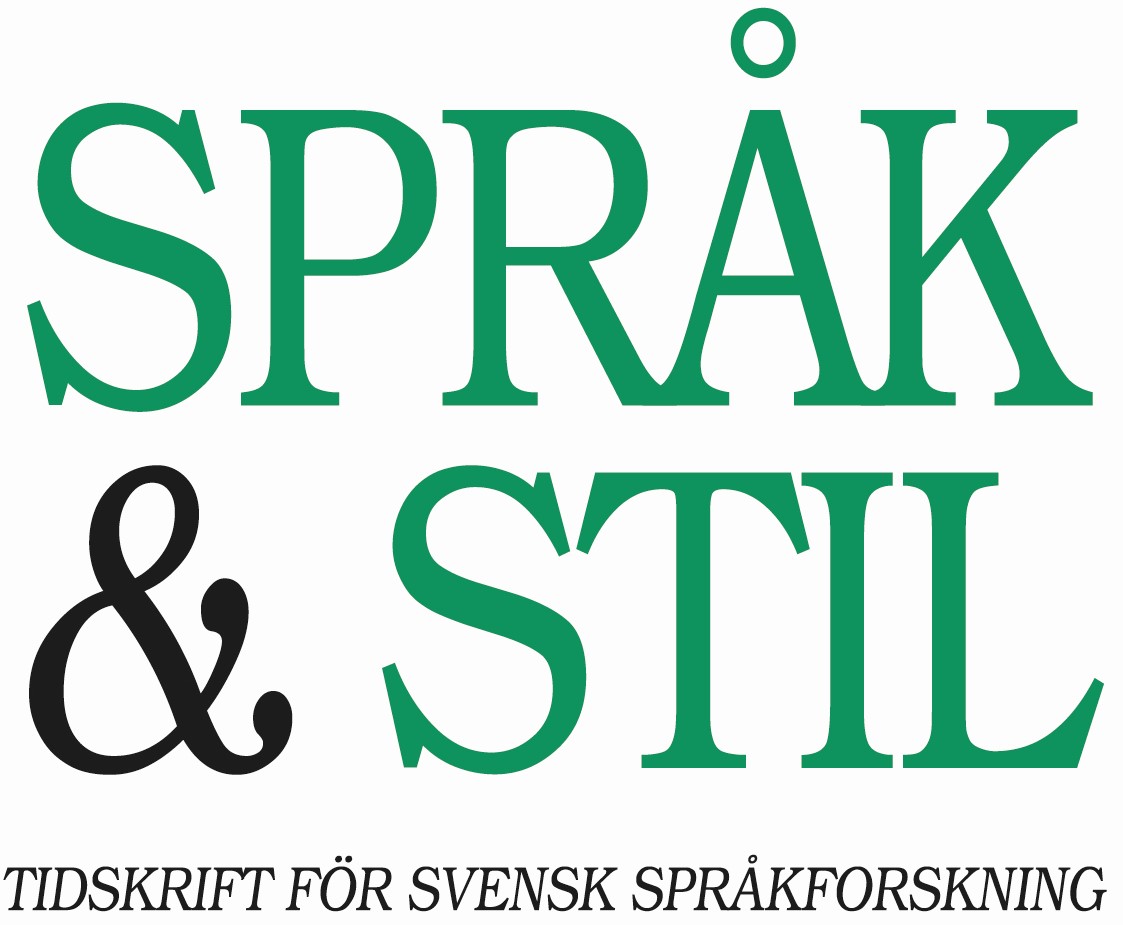»Önskar att jag hade fått hjälp att lära min son finska.»* Finskans öden i skenet av 2000-talets utbildningsoch minoritetspolitiska utveckling i Sverige
DOI:
https://doi.org/10.33063/diva-434151Nyckelord:
Swedish national minority languages, revitalization, Finnish, multilingualism, COD model, language competence, education in minority language, maintenance revisit studyAbstract
This article aims to establish the ways in which different aspects of the Swedish national minority language policy have facilitated or hindered the fulfilling of the aims to revitalize these languages. Finnish is used as a test case, and we apply a two-step approach to analyzing the development of its use during the 2000s: we adapt the COD model (Capacity, Opportunity, Desire), proposed by Grin in the early 1990s, and apply it at three societal levels: macro, meso and micro. The macro level covers national policies, laws and other regulations. The meso level is represented by the adoption and implementation of these locally. The micro level consists of linguistic biographies by informants of a bilingual project started in 1991, and revisited in 2013. Education in or of Finnish as an example of language policy is central to the study, although other fields are considered. Our analysis shows that policies established at the national level recur in different forms at the meso and micro levels. Although there is an overlap between these societal levels, there is a discrepancy between legislation and practice. The dimension of capacity in Finnish seems to account for much of the development in language use, compared to opportunity and desire. The COD model, in combination with its multilevel adaptation, is a functional, analytic option for the study of language policy decisions and their effect on language use patterns. It therefore could also be adapted to the other national minority languages of Sweden.
Downloads
Publicerad
Nummer
Sektion
Licens
Copyright (c) 2021 Författarna

Det här verket är licensierat under en Creative Commons Erkännande 4.0 Internationell-licens.
Författare som bidrar till Språk & stil har givit sitt medgivande att publicera sina artiklar under en Creative Commons-licens (Creative Commons CC-BY 4.0), vilket ger tredje part rätt att kopiera och återdistribuera materialet i vilket medium eller format som helst. Det ger också tredje part rätt att bearbeta, förändra och vidareutveckla materialet för vilket syfte som helst, inklusive kommersiellt, på villkor att tydligt erkännande ges till verkets upphovsperson, att en länk till licensen tillhandahålls och att det tydliggörs om ändringar av verket har gjorts. Detta ska göras på skäligt vis, och får ej förespegla att licensgivaren godkänner tredje part eller vederbörandes användning av verket. Författaren/författarna behåller copyright till verket.


